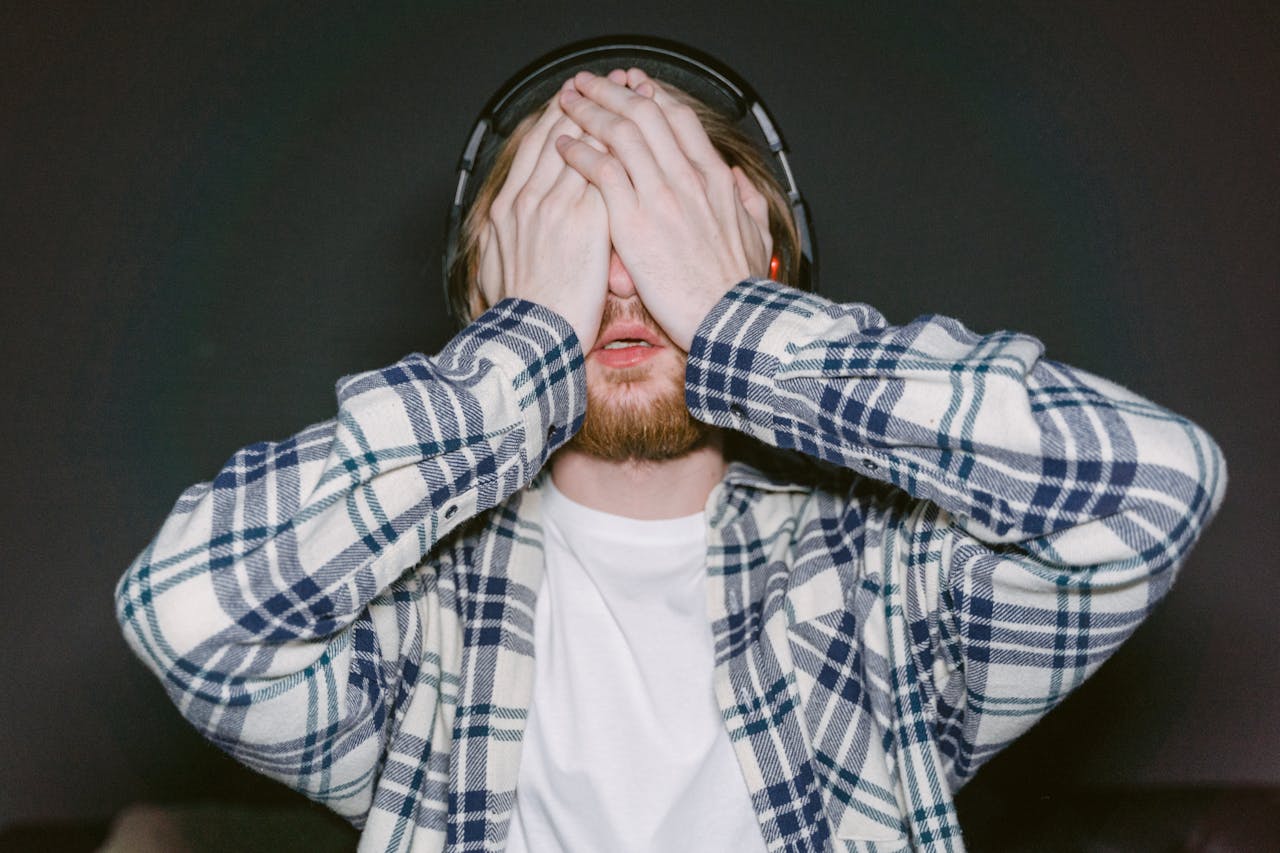“Back in my day, we had it tougher!” If you’re a teenager today, you’ve probably heard this from a Boomer (or several). It seems to be a classic sentiment: that life for young people in the past was far more challenging than it is today. But is that really true? Boomers often talk about how their teen years were simpler in some ways, more honest in others, and packed with struggles that today’s teens couldn’t possibly imagine.
But when you look closer, is it really harder for them, or does modern teen life have its own set of unique challenges? In this article, we’ll break down why Boomers think their generation had it tougher and explore how teen life has evolved today.
The Generation Gap: Perspectives on Struggles
For Boomers, the struggles of their teenage years seem like an endless uphill battle. Growing up during the post-World War II era, they often faced pressure to mature quickly and support their families. Life was more straightforward in some ways; there weren’t endless distractions, and jobs were more accessible for those who wanted to work hard. On the flip side, Gen Z faces a vastly different set of pressures, where technology, social media, and economic challenges create their own stresses. The struggles are different, but no less intense.
Social Pressure and Expectations
Boomers grew up with a simple, traditional model of social pressure: get good grades, go to school, maybe work part-time, and then find a steady job. They often didn’t have the intense pressures to compete with everyone else that today’s teens feel. With no social media, Boomers didn’t have to worry about their every move being posted online for the world to judge. Socializing was face-to-face, and personal interactions were more private.
Today’s teens face an entirely different kind of pressure. The rise of social media has created a culture of constant visibility. Every post, every picture, every text message can be scrutinized and shared. Teenagers today are expected to live up to a curated image of perfection, and the pressure to look “Instagram-ready” all the time is real. Social media has intensified the feeling of needing to be constantly validated, which can be overwhelming. As much as we can connect digitally, this visibility often increases anxiety, depression, and a sense of disconnection from reality.
Economic Reality
Boomers had it tough economically, for sure—but in many ways, they had more opportunities for financial independence. Back in their day, a teen could get a part-time job at a fast-food joint, save up some cash, and eventually buy a car. They didn’t have to deal with mounting student loans or a cost of living that feels like it’s constantly climbing higher. For many Gen Z teens today, the reality is different. They deal with college tuition costs that are out of reach for many families, and the job market is not nearly as accessible as it once was.
The idea that teens back then could afford a good life with just a part-time job feels like a distant dream for today’s generation. With rising tuition fees and a shrinking job market, many teens now worry about how to even afford basic living expenses. While Boomers could often work their way through college, today’s students face mounting debt, making it feel like they have to sacrifice much more to build a future.
Technology and Its Impact on Teen Life

While technology is often considered a blessing, it also plays a huge role in creating a fast-paced, constantly connected world that affects today’s teens in ways Boomers could never have imagined. While Boomers had no choice but to live without the internet, smartphones, and social media, today’s teens are immersed in a digital world from a young age. The difference in how information, social interactions, and even self-image are shaped today compared to back then is dramatic.
Boomer Tech
When Boomers were teens, their entertainment was limited to television, landline phones, and maybe the radio. They had no social media, no instant connection to friends, and no endless stream of online content to compete with. The absence of constant digital noise meant Boomers could take time for themselves, enjoy more privacy, and have unfiltered, offline friendships.
While this might sound like a quieter, simpler time, there were downsides. Boomers couldn’t just look up an answer on the internet or check social media for updates. Information was harder to come by, and education was often more rigid, relying on textbooks and in-class instruction rather than interactive online resources. Technology didn’t allow for the same level of communication and access to learning tools that today’s teens enjoy.
Gen Z Tech
For today’s teens, tech is a double-edged sword. On the one hand, they have all the information they could ever need at their fingertips. They can connect with friends instantly, share ideas on social media platforms, and learn from anywhere at any time. But on the flip side, this constant access comes with its own set of challenges. The pressure to keep up with social media trends, the anxiety of constant comparison to others, and the sheer volume of distractions can make it harder to focus, relax, and maintain a balanced life.
Mental Health: Then and Now
Another big difference between Gen Z and Boomers lies in how mental health is viewed and treated. In the past, mental health struggles were often ignored or stigmatized. Boomers may have dealt with their own stresses but were expected to “tough it out” and not speak up about mental health. Fast forward to today, and while there’s more awareness, the mental health challenges teens face have evolved with technology and societal pressures.
Boomers and Mental Health
For Boomers, mental health was rarely discussed, and asking for help was often seen as a sign of weakness. They were expected to soldier on, hide their feelings, and deal with stress quietly. Although many faced significant pressures, there was little acknowledgment or support for dealing with anxiety, depression, or other emotional challenges. Boomers did not have the resources or vocabulary to discuss these struggles openly.
Gen Z and Mental Health
Today’s teens, on the other hand, are more vocal and open about their mental health challenges. They actively seek help, whether through therapy, online resources, or by speaking out. But this new openness comes with its own set of challenges. The pressure to constantly perform, the feeling of being judged on social media, and the prevalence of online bullying have all contributed to rising mental health struggles. Mental health is being addressed more than ever before, but the constant pressure of a digitally connected world has added new stressors to the mix.
Why Boomers See Teen Life as Tougher: Nostalgia and Reality

So why do Boomers think their generation had it harder? There’s a psychological phenomenon called nostalgia bias that plays a role. When we look back at the past, we tend to focus on the positives and forget the negatives. This makes things look simpler, better, and less stressful than they actually were. For Boomers, their teenage years might seem tougher because they faced struggles without the conveniences of modern life. But those challenges were just different, not necessarily harder.
Boomers also had a more straightforward path: they could expect to go to high school, graduate, and get a job. Today’s teens have more options but also more uncertainty. The stress is real, but it’s spread out over a much more complicated, fast-paced world.
What Can We Learn from Each Generation?
At the end of the day, both Boomers and Gen Z have faced unique challenges. The lessons learned by both generations offer valuable insights into how to navigate life today. While Boomers were tasked with building a world with fewer resources, today’s teens are tackling a high-tech, high-pressure world that demands more emotional and mental stamina. We can learn from both generations—teens can appreciate the simplicity and directness that Boomers experienced, while Boomers can understand the new complexities of modern teen life and how much has changed since their day.


